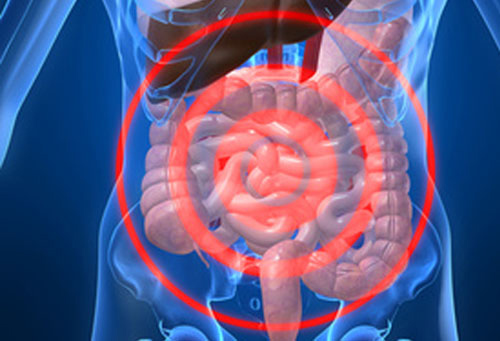
Specific gut microbes have been linked to autism-associated metabolic pathways, including gene expression profiles in the brain and diet. “We hadn’t seen this kind of clear overlap between gut microbial and human metabolic pathways in autism before,” says Jamie Morton, of the Simons Foundation, and one of the study’s 43 authors from around the globe.
The research team developed an algorithm to re-analyze 25 previously published datasets containing microbiome and other “omic” information—such as gene expression, immune system response, and diet—from both autistic and neurotypical cohorts.
The study was published recently in Nature Neuroscience and spawned by the Simons Foundation’s Autism Research Initiative (SFARI).
This team also found an overlap between microbes associated with autism and those identified in a recent long-term fecal microbiota transplant study led by researchers at Arizona State University’s Biodesign Center for Health Through Microbiomes.
Autism is tough to study because it is so heterogeneous. The microbiome also presents unique difficulties and studies typically report the relative proportions of specific microbes, requiring sophisticated statistics to understand which microbial population changes are relevant to a condition of interest. This team included specialists in computational biology, engineering, medicine, and autism.
Also, most similar studies to date have been one-time snapshots of the microbial populations present in autistic individuals. “A single time point is only so powerful; it could be very different tomorrow or next week,” says study co-author Brittany Needham, assistant professor of anatomy, cell biology and physiology at the Indiana University School of Medicine.
“We wanted to address the constantly evolving question of how the microbiome is associated with autism, and thought, ‘let’s go back to existing datasets and see how much information we may be able to get out of them,’” says co-corresponding author Gaspar Taroncher-Oldenburg, director of Therapeutics Alliances at New York University.
Within each dataset, the algorithm found the best matched pairs of autistic and neurotypical individuals in terms of age and sex.
“Rather than comparing average cohort results within studies, we treated each pair as a single data point, and thus were able to simultaneously analyze over 600 ASD-control pairs corresponding to a de facto cohort of over 1,200 children,” says Taroncher-Oldenburg.
“From a technical standpoint, this required the development of novel computational methodologies altogether,” he adds. Their new computational approach enabled them to reliably identify microbes that have differing abundances between ASD and neurotypical individuals.
“What’s significant about this work is not only the identification of major signatures, but also the computational analysis that identified the need for future studies to include longitudinal, carefully designed measurements and controls to enable robust interpretation,” says Kelsey Martin, executive vice president of SFARI and the Simons Foundation Neuroscience Collaborations, who was not involved in the study.
“Going forward, we need more long-term studies that involve interventions, so we can get at cause-and-effect,” says Morton.
Importantly, researchers say these findings go beyond autism. The approach set forth here, they say, could also be employed across other areas of biomedicine that have long proved challenging.
“Before this, we had smoke indicating the microbiome was involved in autism, and now we have fire. We can apply this approach to many other areas, from depression to Parkinson’s to cancer, where we think the microbiome plays a role, but where we don’t yet know exactly what the role is,” says Knight.











